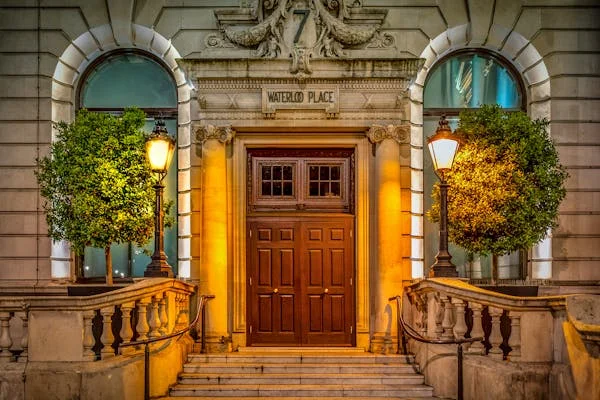North Carolina boasts a rich architectural history that reflects its cultural evolution. From charming colonial-era buildings to grand industrial spaces now being revitalized, preserving these structures is essential. Historic buildings tell stories of the past, offer economic benefits, and enhance the beauty of communities.
Yet, as cities modernize, many historic structures face neglect or demolition. Through thoughtful restoration and adaptive reuse, these buildings can regain their former glory while serving contemporary needs. This article explores the significance of architectural preservation and how historic renovation experts in North Carolina can help keep the state’s heritage alive.
Protecting Cultural and Historical Identity
Every historic building is a piece of history. Whether a century-old brick mill or a Victorian-style home, these spaces reflect their time’s craftsmanship and design principles. Losing them means erasing tangible links to the past. Preserving architectural heritage safeguards North Carolina’s identity. It ensures that future generations can walk through the same doorways and stand beneath the same beams that their ancestors did.
Cities like Raleigh, Charlotte, and Asheville thrive on their distinctive character, much of which comes from well-preserved buildings. By investing in preservation, communities maintain a strong sense of place. This effort fosters pride and appreciation among residents while attracting visitors eager to experience authentic historical settings.
Economic and Community Benefits
Restoring historic properties in North Carolina honors the past and boosts local economies. These projects create jobs for artisans, architects, and construction workers while revitalizing spaces for businesses and cultural attractions. Restored buildings often raise property values, attracting investors and homeowners to well-maintained historic districts. Preservation also drives tourism, as visitors seek unique experiences, benefiting local hotels, cafes, and shops.
Sustainable Development and Environmental Impact
Preserving buildings is an environmentally responsible choice, reducing waste that would otherwise end up in landfills. Restoring and repurposing structures helps minimize the environmental footprint. Adaptive reuse is a sustainable way to give old buildings new life. Instead of demolishing a historic warehouse, it can be transformed into offices, lofts, or a community center, conserving resources while blending history with innovation.
Adaptive Reuse: Breathing New Life into Historic Spaces
Adaptive reuse preserves architectural heritage by giving historic buildings new functions while retaining their charm. Mills become apartments, churches turn into event spaces, and storefronts host modern boutiques, keeping history alive while serving contemporary needs. Expert renovation professionals ensure restorations honor the past while meeting safety and efficiency standards. By using period-appropriate materials and techniques, they maintain authenticity while reinforcing a building’s longevity.
Enhancing Community Engagement and Connection
Preserved buildings are more than static monuments—they foster community pride and connection. A restored courthouse, theater, or train station becomes a gathering space that links people to history. When historic landmarks in North Carolina are cared for, residents feel a deeper bond with their town. Hosting events like art exhibits and markets further strengthens this connection. Additionally, these spaces inspire storytelling, allowing older generations to share memories and keep history alive.
Expert Restoration: Preserving History with Precision
Historic renovation experts in North Carolina preserve and repurpose older buildings while maintaining their integrity. Their services include structural stabilization, facade restoration, interior refurbishment, and adaptive reuse. By using traditional craftsmanship and modern techniques, they restore masonry, woodwork, and decorative elements. They upgrade buildings to meet codes, enhancing energy efficiency while preserving historic charm. From homes to large commercial projects, these experts help communities retain their heritage.
Preserving North Carolina’s architectural heritage is more than saving old buildings—it’s about protecting communities’ character, history, and economic vitality. Thoughtful restoration and adaptive reuse ensure these structures serve meaningful purposes while maintaining their charm. By investing in preservation, communities create vibrant spaces that honor the past, support local economies, and promote sustainability with the help of historic renovation experts in North Carolina. With the expertise of historic renovation professionals, North Carolina’s architectural treasures can stand the test of time, enriching future generations with their legacy.





